SUMMARY
This is AI generated summarization, which may have errors. For context, always refer to the full article.
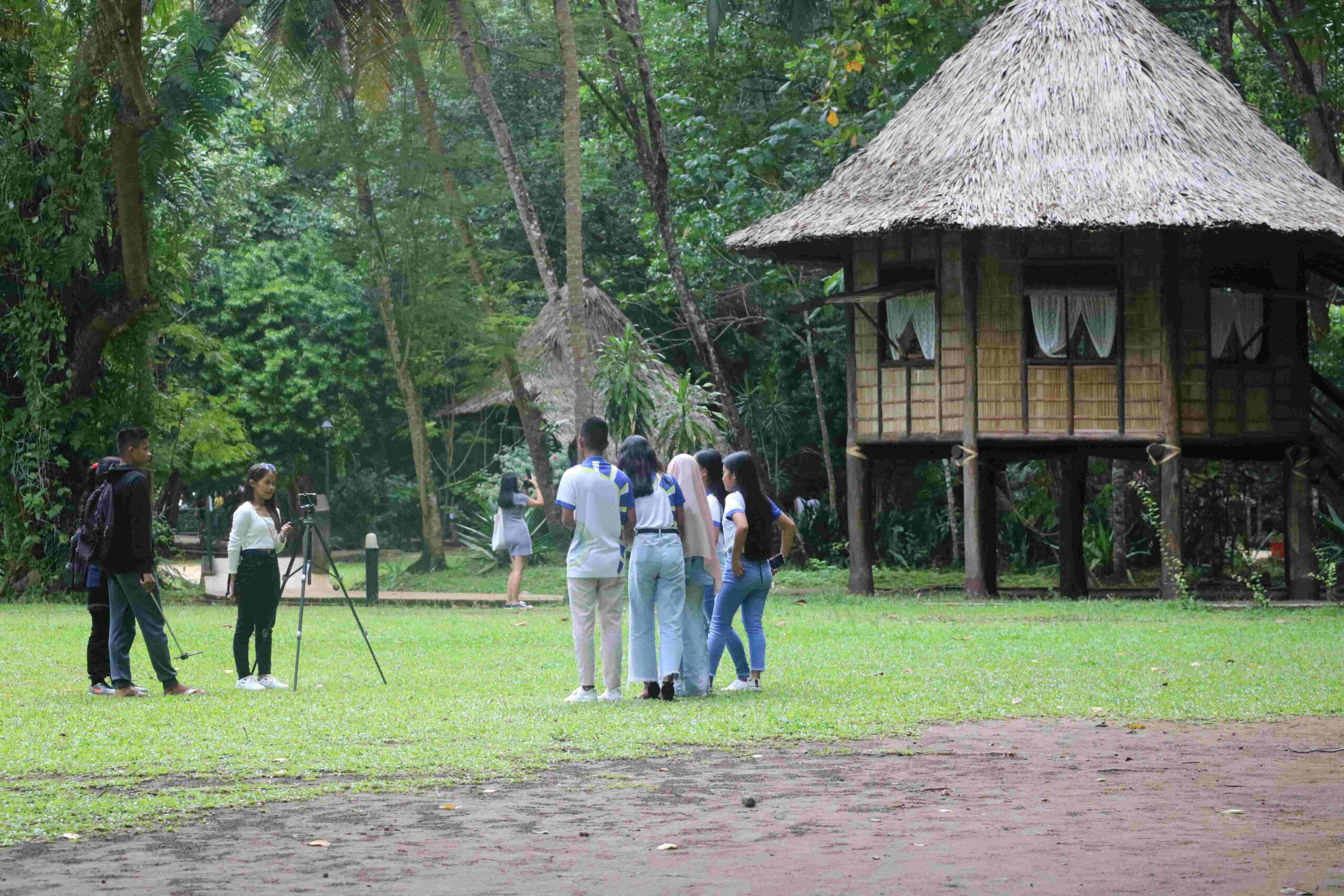
ZAMBOANGA DEL NORTE, Philippines – Students and other visitors to Rizal’s Shrine within the Jose Rizal Memorial Protective Landscape (JRMPL) in Dapitan have frowned over the collection of entrance fees, describing it as discouraging those who want to learn about the national hero’s life in the city during his exile.
A Grade 9 student from Dapitan City National High School (DCNHC), located some three kilometers away from the Rizal Shrine, lamented, “We now have to walk back to our school because we used our last money to pay the entrance fee.”
Albert Vincent Baretto, an official of the National Historical Commission of the Philippines (NHCP) working at the Rizal Shrine, told Rappler on May 5 that numerous visitors, many of them from other regions, have complained about the recently imposed entrance fees initiated by the Jose Rizal Protected Area Management Board (JRPAMB) through the Protected Area Management Office (PAMO).
The JRPAMB, chaired by the regional director of the Department of Environment and Natural Resources (DENR) in the Zamboanga Peninsula, consists of representatives from various national government agencies, the Dapitan City government, barangays Talisay, Santo Nino, and Taguilon, the Zamboanga del Norte provincial government, and the private sector.
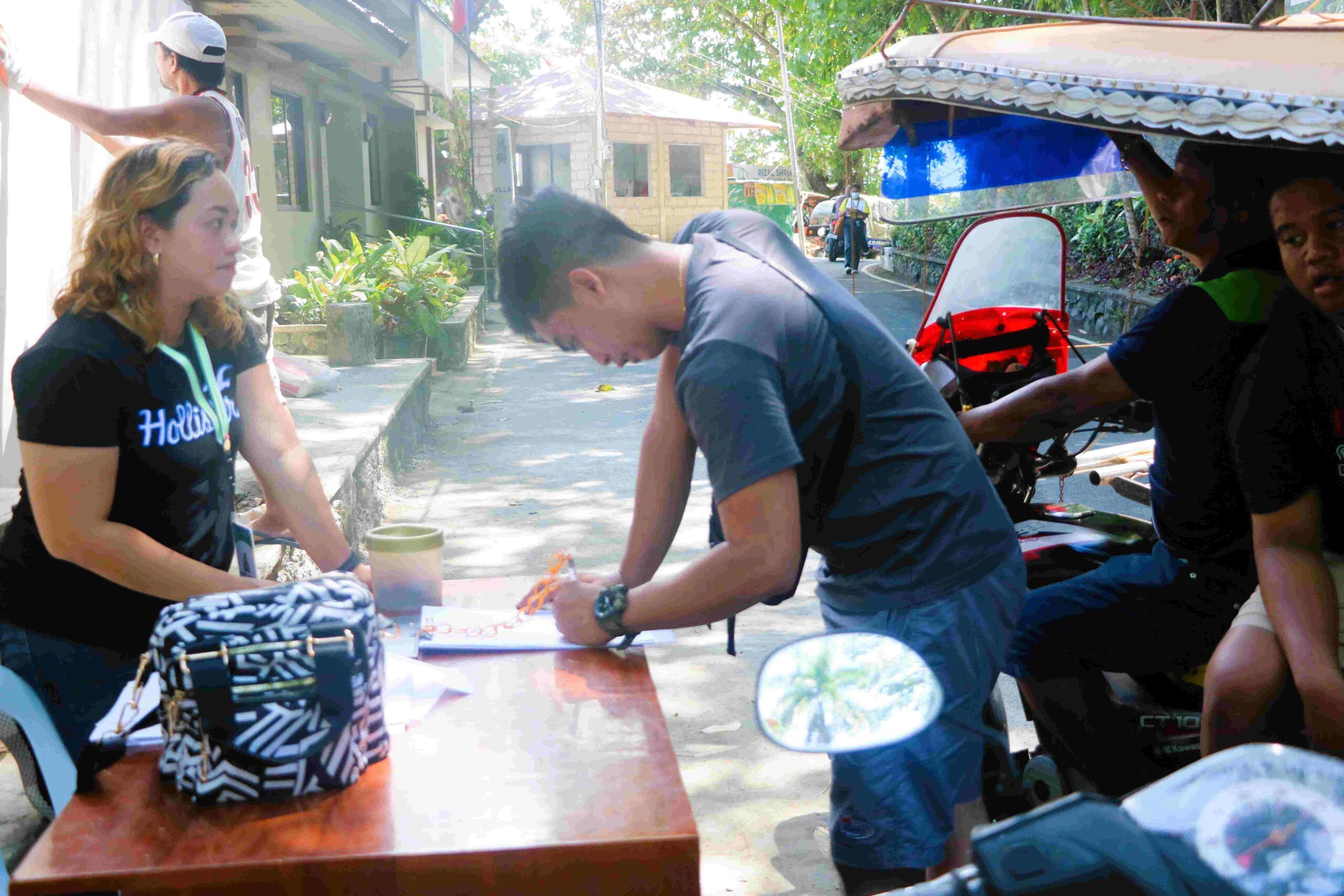
At the entrance checkpoint leading to the Rizal Shrine, PAMO collects an entrance fee of P30 for adults, P15 for students, and P100 for foreigners. These exclude parking fees ranging from P20 for motorcycles to P150 for tour buses.
Where do the fees go?
Mamerto Insag, protected area superintendent, said 75% of the fees collected are for maintenance and other operations expenses, while the remaining 25% goes to the general fund of the national treasury.
Baretto, however, pointed out that the Rizal Shrine, managed by the NHCP, does not collect any fees from its visitors.
“It is against the policy of the historical commission to charge fees for the Shrine; it is free for everybody,” he said. “Besides, we don’t need to collect from visitors because NHCP regularly allocates a budget for personnel, maintenance, and security of the Rizal Shrine.”
But Insag cited Section 16 of Republic Act 11038, also known as the Expanded National Integrated Protected Area System, which provides that protected areas should establish a “trust fund” to finance projects and sustain operations.
The collection of entrance and parking fees is dependent on the operation hours of the Rizal Shrine, he said.
According to a PAMO staff member manning the checkpoint, “We exempt residents within the JRMPL from the entrance and parking fees, and we also don’t collect if the Rizal Shrine is closed.”
Insag maintained that they have been collecting fees to be able to maintain rest stations and preserve the aesthetic value of the 474-hectare JRMPL.
He said that if the Rizal Shrine requests maintenance funds from their collection, they can provide it as long as a program of works is submitted.
Contradicting efforts
A student from DCNHS, who visited the Rizal Shrine on May 5 with five classmates to create a short video production about Rizal’s four years of exile in Dapitan, told Rappler that the collection of entrance fees “is discouraging and seems to contradict” Dapitan City’s goal of attracting tourists and educating the youth about the hero’s ideals.
“Why would they start collecting fees now when we attract visitors to Rizal Park to develop our tourism industry?” questioned the DCNHS student.
Initially, Dapitan City information officer Ryan Elumba said the city government had no involvement in the fee collections at JRMPL.
But Rappler found out that Mayor Seth Frederick Jalosjos, through City Planning Office chief Raul Abejero Jr., had moved during the JRPAMB meeting for the approval of the collection of fees.
The JRPAMP resolution, unanimously approved, read in part that the PAMO “shall coordinate with the City Mayor’s Office for the information and dissemination of the new rates and the appropriate legal basis, and coordinate with the city to man and control the highway near the protected area.”
Adding to the confusion, it was discovered that Rizal Shrine curator Sophia Bagolboc also approved the implementation of the entrance and parking fees, and presided over the JRPAMB meeting that led to its resolution on February 17.
Abejero explained that the fees are collected for the entire JRMPL, of which the Rizal Shrine happens to be a part.
He said, “The Rizal Shrine existed because of the protected area, and JRMPL was declared a protected area because of its trees, not because of Rizal. They just named it after him. Look at Dapitan’s Selinog and Aliguay islands. Rizal did not go there, but these were declared protected areas.”
Tied to Rizal
Members of the Dapitan Historical Society asserted that JRMPL exists due to Rizal’s historical significance and his property in Dapitan’s Barangay Talisay.
Two months after arriving in Dapitan on July 17, 1892, Rizal bought the abandoned agricultural property in Talisay from Juana Tabugok for P4,000, which he won from the Reales Loterias Espanolas de Filipinas (Royal Spanish Lottery in the Philippines).
In a letter to his sister Trinidad on January 15, 1896, Rizal said, “My land is half an hour’s walk from the sea. The whole place is poetic and very picturesque… without comparison. At some points, it is wide like Pasig River and clear like Pansol (in Laguna) and has some crocodiles in some parts. There are dalag (fish) and pako (edible fern). If you and our parents come, I am going to build a large house where we can all live together.”
Within a year after sending that letter, Rizal was executed by firing squad in Bagumbayan (now Luneta), and Spanish authorities seized his property in Talisay.
In 1913, a year after the American occupation, Rizal’s property was transformed into a public park.
On September 3, 1940, the late President Manuel Quezon signed Proclamation 616, designating 10 out of the original 16 hectares of the property as “Rizal National Park.”
Then, on April 23, 2000, then-president Joseph Estrada issued Proclamation 279, declaring the Rizal National Park a protected area, which was expanded to 439 hectares, with buffer zones. The area was renamed Jose Rizal Memorial Protected Landscape.
Further expansion of JRMPL to 474 hectares was authorized through Republic Act 11038, signed by then-president Rodrigo Duterte on June 22, 2018. – Rappler.com
Add a comment
How does this make you feel?

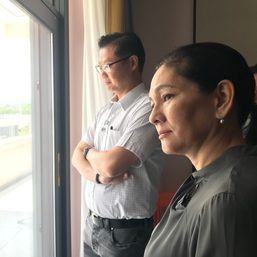

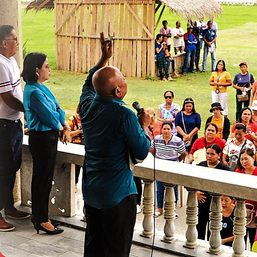
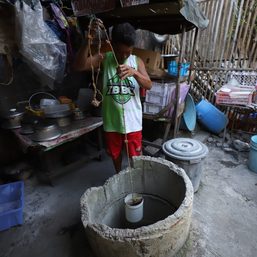


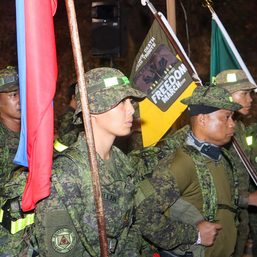
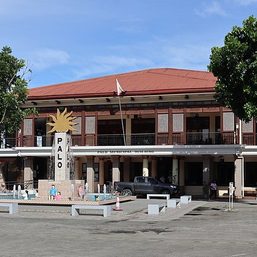
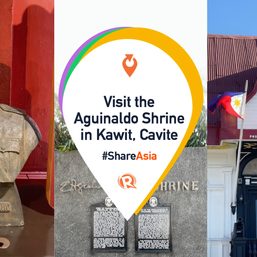
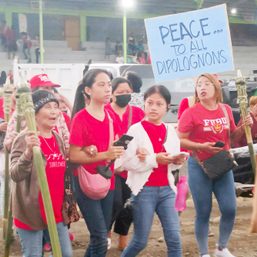



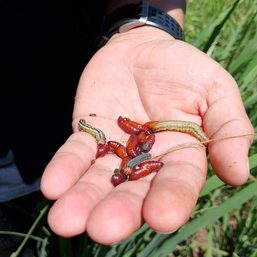

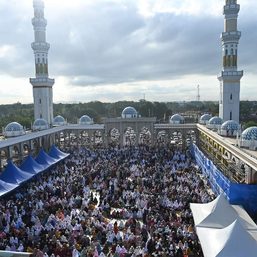
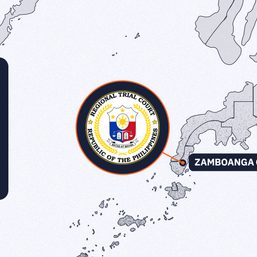

There are no comments yet. Add your comment to start the conversation.